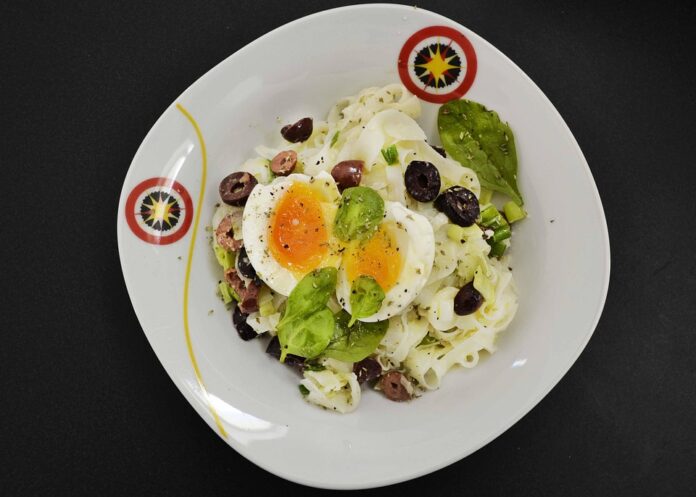Cross Contamination Controls in Gluten-Free Pasta Production
The Importance of Cross Contamination Controls
In gluten-free pasta production, cross contamination controls are crucial to ensure the safety of individuals with gluten sensitivities or celiac disease. Cross contamination occurs when gluten-containing ingredients come into contact with gluten-free products, leading to potential health risks for consumers. This can happen at various stages of the production process, including sourcing, storage, processing, and packaging.
To prevent cross contamination, manufacturers must implement strict protocols and procedures to segregate gluten-free ingredients from gluten-containing ones. This involves using separate production lines, equipment, and storage facilities to minimize the risk of unintentional gluten exposure. Additionally, thorough cleaning practices and regular testing are essential to verify the absence of gluten in the final product.
Industry Insights
The gluten-free market has experienced significant growth in recent years, driven by increasing awareness of gluten-related health issues and changing consumer preferences. According to market research firm Grand View Research, the global gluten-free food market was valued at $17.91 billion in 2020 and is projected to reach $32.39 billion by 2028, with a compound annual growth rate of 8.1%.
Major players in the gluten-free pasta industry include companies like Barilla, Bionaturae, and Jovial Foods. These manufacturers offer a wide range of gluten-free pasta products to cater to the growing demand for gluten-free alternatives. However, ensuring the safety and quality of these products is paramount, requiring strict adherence to cross contamination controls.
Financial Data
The implementation of cross contamination controls in gluten-free pasta production can have financial implications for manufacturers. While the initial investment in separate facilities and equipment may increase production costs, the long-term benefits outweigh the expenses. By ensuring the safety and integrity of gluten-free products, manufacturers can build trust with consumers and maintain a competitive edge in the market.
According to a report by Allied Market Research, the gluten-free pasta market is expected to grow at a CAGR of 4.4% from 2021 to 2027, driven by the increasing prevalence of gluten-related disorders and the rising demand for healthier food options. As consumers become more health-conscious and aware of dietary restrictions, the demand for gluten-free pasta is expected to continue growing.
Conclusion
In conclusion, cross contamination controls are essential in gluten-free pasta production to ensure the safety and integrity of the final product. By implementing strict protocols and procedures to prevent gluten exposure, manufacturers can meet the growing demand for gluten-free alternatives and maintain consumer trust. With the gluten-free market projected to expand in the coming years, companies that prioritize cross contamination controls will be well-positioned to capitalize on this lucrative opportunity.




